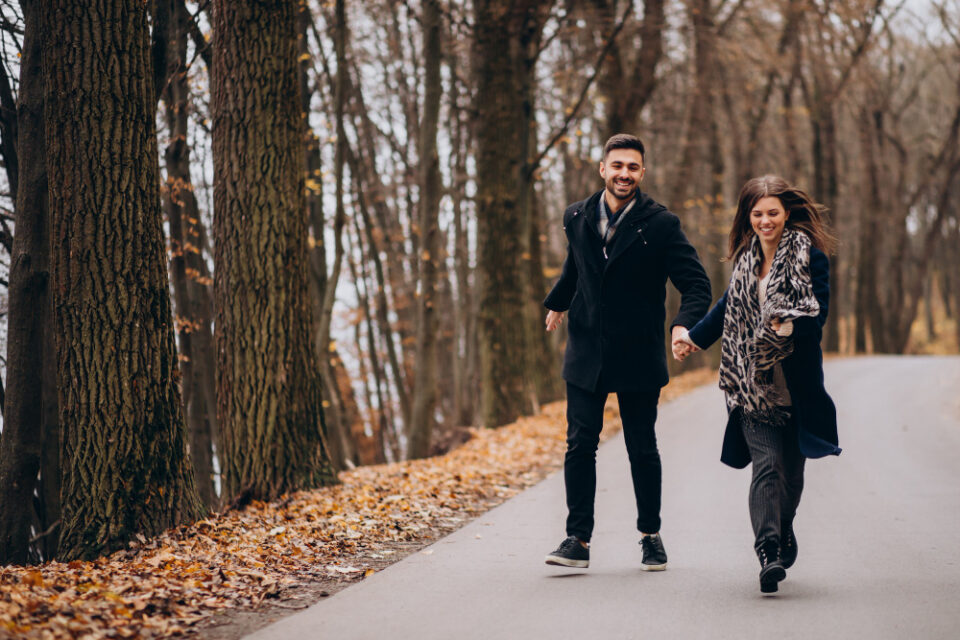“Doctor, I don’t like walking. It’s boring.”
That was an honest confession from a 34-year-old corporate techie with prediabetes and chronic constipation. He was in my clinic—dragged in by his wife, nudged by in-laws, and mildly haunted by the ghost of future diabetes.
I asked him. “Do you like spending lakhs on insulin later?”
He laughed nervously and asked, “Is there an Ayurvedic concept of walking? Like, do you have a shloka for it?”
Ah, the shloka seekers! And yes, I do.
Ayurveda may not have invented the Fitbit, but it certainly honoured walking long before step counters became fashion statements.
In Ashtanga Hridaya, there’s a gem of a verse.
“भुक्त्वा तु गच्छेच्छतानि पदानां शनैः शतम्।”
(Bhuktvā tu gacchechchhatāni padānāṃ śanaiḥ śatam)
— Ashtanga Hridaya, Sutrasthana 2.8
Translation: After meals, one should walk a hundred steps slowly.
This simple recommendation can do more for digestion than an armful of tablets. That gentle post-meal stroll supports Agni, reduces Aama, and prevents bloating. A hundred mindful steps can shift your metabolism and mood.
Names of Walking in Ayurveda
In classical Ayurvedic literature, walking is referred to under different names.
- चङ्क्रमणम् (Chankramanam) – Deliberate, purposeful walking
- गमनम् (Gamanam) – General movement or going
- मार्गगमनम् (Marga Gamanam) – Walking along a path
- विचरणम् (Vicharaṇam) – Roaming or strolling
- प्रसारणम् (Prasāraṇam) – Expanding movement
- संचारणम् (Sanchāraṇam) – Circulation or movement across
- विहारः (Vihāraḥ) – Activity or recreation, often used for therapeutic lifestyle movements
Ayurveda doesn’t simply endorse walking—it classifies it under Vyayama (exercise) and describes its benefits and limitations in astonishing detail.
Here’s what Acharya Sushruta says,
“यत्तु चङ्क्रमणं नातिदहे पीडाकरं भवेत्।
तदायुर्बलमेधाग्निप्रदं चेन्द्रियनः हितम्॥”
(Sushruta Samhita, Chikitsa Sthana 24.87)
Translation: The walking that doesn’t cause discomfort or excessive heat enhances longevity, strength, intellect, digestive fire, and benefits the sense organs.
Now, tell me that’s not poetic!
Prameha, Obesity & Dislike of Walking
Many classical texts link a sedentary lifestyle with Prameha (a broad term encompassing diabetes and metabolic disorders). A person who avoids walking, indulges in heavy Kapha-aggravating food and lives a sluggish life is more prone to Sthaulya (obesity) and Madhumeha (diabetes).
Acharya Charaka mentions,
“यः पुरुषो नित्यं चङ्क्रमणे द्वेष्टि स प्रमेहपथ्यभूतः स्यात्।”
(Charaka Samhita, Nidana Sthana 4)
Translation: One who constantly avoids walking is more likely to develop Prameha.
Acharya Dalhana adds,
“योजनशतमतिधिकं वा गच्छेत्। परिरमणं चङ्क्रमणम्।”
(Dalhana on Sushruta Samhita, Chikitsa 6.18)
Translation: Walking long distances over time can help prevent or manage Prameha.
Modern research supports it. Regular walking improves insulin sensitivity, lowers blood sugar levels, and reduces visceral fat.
Types of Walkers in Ayurvedic Lens
Ayurveda always begins with: For whom?
Kapha Prakriti: Needs brisk walking at sunrise. To melt inertia, regulate metabolism, and prevent fat accumulation.
Pitta Prakriti: Walk in cool times—morning or evening. Avoid harsh sun. Water bodies, gardens, shaded lanes — perfect.
Vata Prakriti: Prefer gentle, rhythmic walking. Warm attire, steady pace. Ideal as a moving meditation.
Age and seasons matter.
Children: Let them run and play. No need to drag them into “walks.”
For adults, walking helps clear out Ama — the toxic residue that builds up from excessive food intake, stress, and mental clutter.
For seniors, a slow evening walk is suitable for both the body and the mind. One of my 85-year-old patients calls it her ‘gossip cardio’ — time to move, chat, and feel lighter.
In Hemanta and Shishira (winter): Vigorously walk, wrapped well.
In Grishma (summer): Gentle walks on shaded paths, and cool hydration options like jeera water or tender coconut water.
In Varsha (monsoon): Walk cautiously or indoors. Avoid muddy, slippery places.
Contraindications and Cautions
Ayurveda is not blind advocacy. It warns,
Avoid walking after heavy meals — stick to 100 steps, not 10,000.
Skip long walks during fever, after Panchakarma, or when energy is low.
Pregnant women can practice slow Chankramana during labour for ease of delivery (Ashtanga Hridaya, Sharira Sthana 2).
Avoid walking under the scorching sun, especially if you are Pitta-dominant.
Don’t walk barefoot on hard or heated surfaces — Acharya Sushruta advises footwear (Sushruta Samhita, Chikitsa 24).
Excess walking, especially in the weak, can cause Jangha Peeda (thigh pain), Padh Harsha (tingling in feet), or Shotha (swelling), all signs of Vata vitiation.
The Mind-Walk Connection
Walking is not just for the body. It calms the mind.
One anxious patient of mine, who had tried everything from meditation apps to YouTube gurus, found relief only in silent 30-minute walks under the trees.
“Doctor, even my mind gets tired of talking when I walk. It finally shuts up.”
Walking reduces cortisol levels, increases serotonin, resets the circadian rhythm, and enhances creativity.
Manasika Vyadhi? Walk first, talk later.
Rituals Around Walking
Pre-walk fuel? A banana, some dry figs, or warm cumin water.
Post-walk recovery? Sips of warm water with jaggery and rock salt, or thin buttermilk with roasted jeera.
Diabetic? Walk post-meals.
Overweight? Walk twice a day, and avoid shortcuts — both literal and metaphorical.
A retired schoolteacher once told me,
“Doctor, I meet the same crow, the same flower, the same aunty in a pink saree every day. I feel like I’m part of the morning’s story.”
That’s the true spirit of Chankramana. Not mechanical movement, but mindful presence.
Final Prescription
Yes, Ayurveda not only allows walking — it reveres it. But it asks us to walk with Buddhi — intelligence.
Walk like your breath is a bell and your body a temple.
Walk like you’re returning to yourself.
Suppose you don’t feel like walking today?
Sit. Breathe. And plan tomorrow’s walk.
Even in stillness, Ayurveda walks with you.

